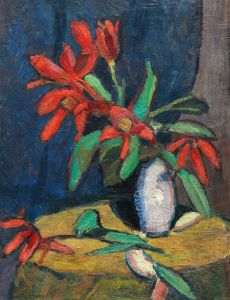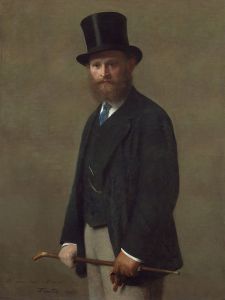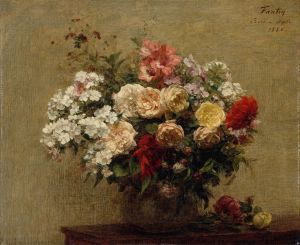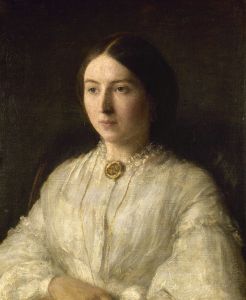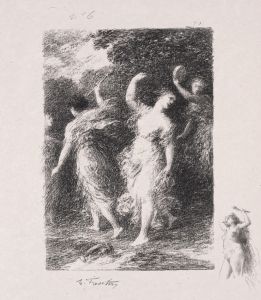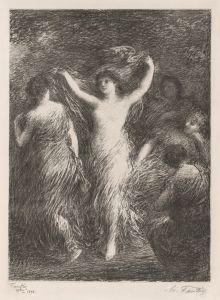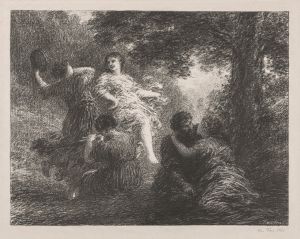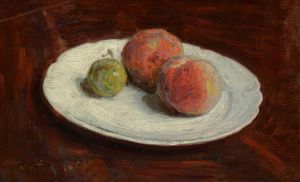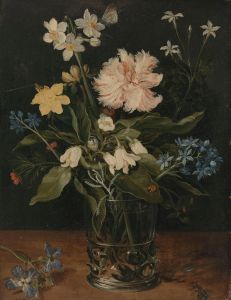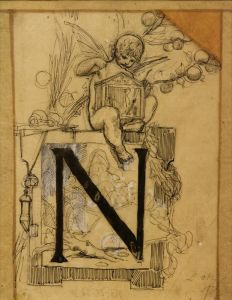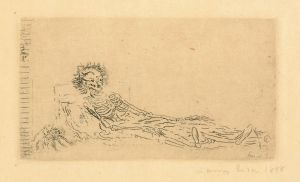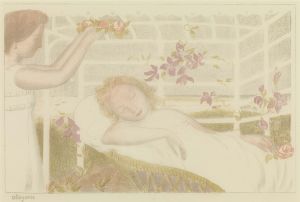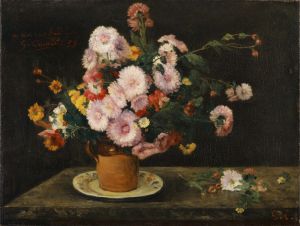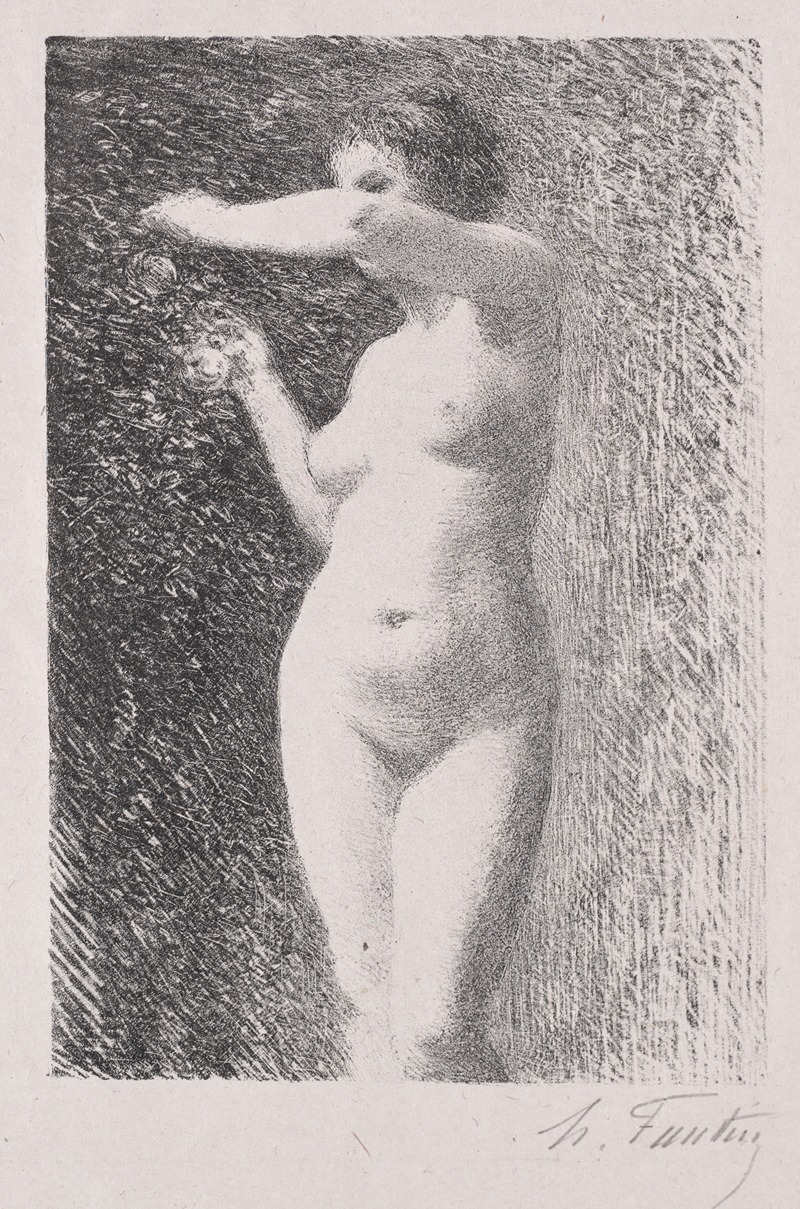
Study for Eve
A hand-painted replica of Henri Fantin-Latour’s masterpiece Study for Eve, meticulously crafted by professional artists to capture the true essence of the original. Each piece is created with museum-quality canvas and rare mineral pigments, carefully painted by experienced artists with delicate brushstrokes and rich, layered colors to perfectly recreate the texture of the original artwork. Unlike machine-printed reproductions, this hand-painted version brings the painting to life, infused with the artist’s emotions and skill in every stroke. Whether for personal collection or home decoration, it instantly elevates the artistic atmosphere of any space.
Henri Fantin-Latour was a French painter and lithographer, renowned for his exquisite still lifes and group portraits of Parisian artists and writers. His work is characterized by its attention to detail and subtle use of color, often reflecting the influence of the Old Masters. One of his lesser-known works is "Study for Eve," which, like many of his pieces, showcases his skill in capturing the human form and emotion.
"Study for Eve" is a preparatory work, which suggests that it was created as part of the process of developing a larger or more detailed piece. Fantin-Latour, like many artists of his time, often created studies to explore composition, form, and lighting before committing to a final version. This practice allowed him to experiment and refine his ideas, ensuring that the final work would convey the desired effect.
The subject of "Study for Eve" is likely inspired by the biblical figure of Eve, a common theme in Western art. Eve, as the first woman according to Judeo-Christian tradition, has been depicted in various ways throughout art history, often symbolizing themes of temptation, innocence, and the fall of man. Fantin-Latour's interpretation would have been influenced by these traditional themes, although the specific details of his portrayal in this study are not widely documented.
Fantin-Latour's approach to painting was deeply rooted in realism, and he was known for his ability to capture the subtleties of light and shadow. This skill is evident in his studies, where he meticulously rendered the human form with a focus on anatomical accuracy and emotional depth. His works often convey a sense of quiet introspection, inviting viewers to contemplate the subjects and their stories.
During his lifetime, Fantin-Latour was associated with the Symbolist movement, although he maintained a distinct style that set him apart from his contemporaries. His friendships with other artists and musicians, such as Édouard Manet and Richard Wagner, influenced his work, leading to a unique blend of realism and symbolism. This blend is likely reflected in "Study for Eve," where the realistic portrayal of the figure may be imbued with symbolic meaning.
Fantin-Latour's legacy is marked by his contributions to both painting and lithography. While "Study for Eve" may not be as widely recognized as some of his other works, it represents an important aspect of his artistic process and his exploration of timeless themes. His ability to capture the essence of his subjects, whether in a simple study or a complex composition, continues to be celebrated by art enthusiasts and historians alike.
Overall, "Study for Eve" exemplifies Henri Fantin-Latour's dedication to his craft and his ability to convey profound themes through the depiction of the human form. Although specific details about this particular study are limited, it remains a testament to his skill and artistic vision.





